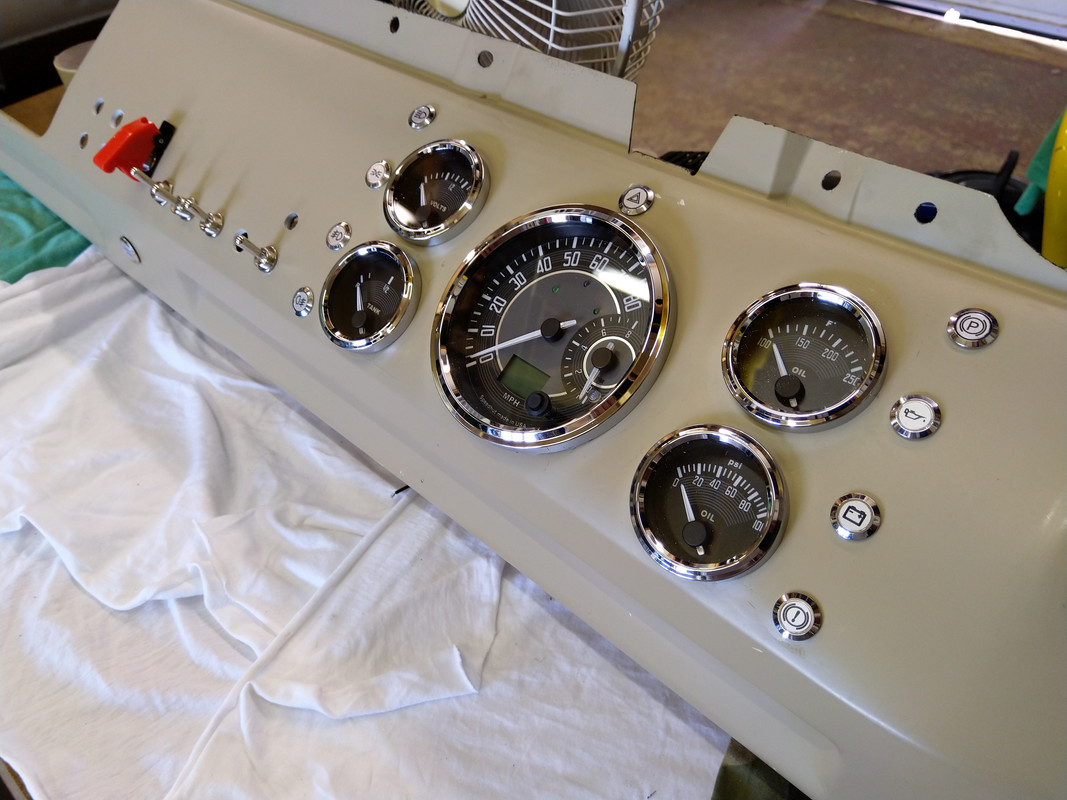cunning plan
Well-known member
- Joined
- Jul 15, 2008
- Messages
- 2,625
- Reaction score
- 1
- Location
- Northamptonshire
- Year of Your Van(s)
- 1968
- Van Type
- Clipper / Microbus
So, I had an issue with my daily recently where I had to take the pedal apart and clean the contacts of the potentiometer, which got me thinking. :?
Anyone who has a RHD bus knows how rubbish the front linkage is with the cable winding from the bottom of the pedal, around the back of the brake master cylinder, then through a series of holes and tight turns before a relatively straight run down the bus to the engine. I think the LHD buses have a much simplified setup, which also probably works smoother.
So, I was thinking, theoretically, it should not be that difficult to make a fly-by-wire system as all you would be doing is using a potentiometer on the accelerator pedal to control a motor which pulls on the accelerator cable. You could mount the motor (or I guess in this case it would be a regulator) in the engine bay or next to the gear box so that there is only a short run of actual cable.
I might have a play with the idea when my bus is a bit more together and I have something to play with, but I just wonder what you guys think? :shadey:
Anyone who has a RHD bus knows how rubbish the front linkage is with the cable winding from the bottom of the pedal, around the back of the brake master cylinder, then through a series of holes and tight turns before a relatively straight run down the bus to the engine. I think the LHD buses have a much simplified setup, which also probably works smoother.
So, I was thinking, theoretically, it should not be that difficult to make a fly-by-wire system as all you would be doing is using a potentiometer on the accelerator pedal to control a motor which pulls on the accelerator cable. You could mount the motor (or I guess in this case it would be a regulator) in the engine bay or next to the gear box so that there is only a short run of actual cable.
I might have a play with the idea when my bus is a bit more together and I have something to play with, but I just wonder what you guys think? :shadey:



